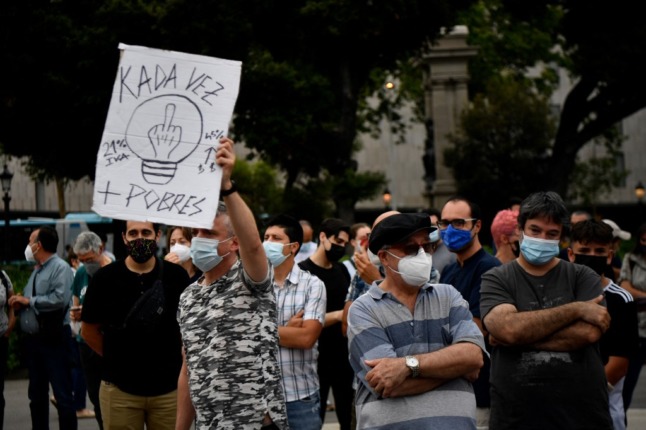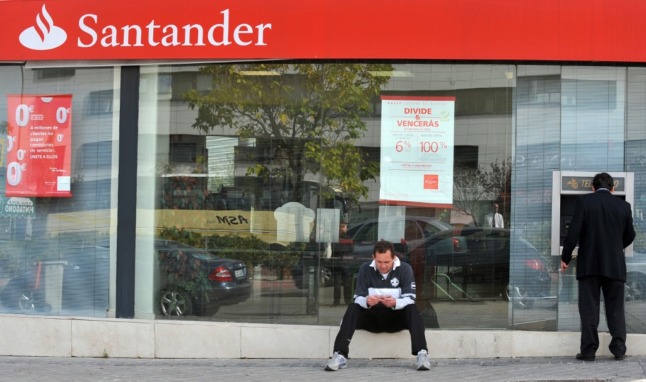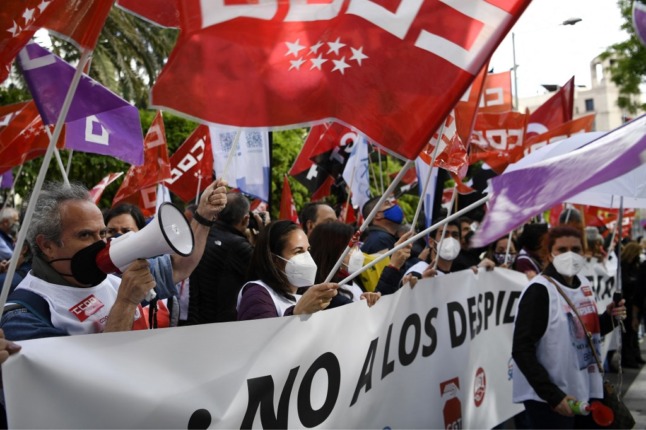What’s happened?
The price of electricity in Spain has been rising for more than a year, but on July 21st 2021, it reached a new historic high of €106.57 / MWh, according to data from the Iberian Electricity Market Operator (OMIE).
This amid an economic crisis due to the Covid-19 pandemic and a national heatwave, has dealt another blow to Spanish pockets and has caused a wave of complaints.
Spain currently pays one of the highest prices for electricity in the whole of the EU and today’s price of €101.52 / MWh is only superseded by Italy. Electricity in Spain now costs 13 percent more than in France and Germany.
Today’s minimum is set at €100.83 / MWh, while the maximum will reach €110.64 / MWh.
However, it’s worth remembering that the price of electricity only represents 24 percent of the final electricity rate that we end up paying on our bills.
Why has it gone up so much?
In July 2021 alone, 11 of the 16 highest electricity prices in history have already been recorded according to OMIE data since 1998, without taking inflation into account.
To understand why the electricity price has gone so high, we need to look at several different factors. Firstly, there is an increase in demand. It began with the severe cold snap in the winter and continued with the current rise in temperatures, with much of the country now experiencing a heatwave.
Another factor that is causing these steep price increases has to do with the price of gas and CO2 rights.
The price of gas is now also at record levels, with a cost of €37.48 / MWh, according to MIBGAS data. This affects the electricity price because when there is not enough clean energy available, companies have to turn to gas, and when more CO2 is emitted, there are more taxes to pay on the electricity generated.
These price hikes are not unique to Spain however. Electricity prices are rising throughout the EU. In Italy, the current price is €103.37/ MWh and the price in Portugal matches that of Spain at €101.52 / MWh.

What does the Spanish government say?
When the electricity prices rose in June, the Spanish government decided to suspend the seven percent value added tax on energy for three months to help compensate for the rise. Nevertheless, this is not yet translated into a price reduction.
As the price of electricity continues to rise, the Spanish government is unable to contain it and is powerless to do much to stop it.
Because of this, the government has demanded that the EU urgently change the price of electricity, due to the historic rise.
What will happen next?
Without help from the EU, the Spanish government has conceded that the electricity price is likely to continue rising until the end of this year.
“The solution is not simple”, Ramón Roca, director of El Periódico de la Energía says.
“The Government does not have a large margin to play with, unless it touches on things that have nothing to do with the electricity price. That is why it can only reduce taxes, take out the premiums for renewables or add the debt to The General State Budget (PGE),” he explained.
How can I keep electricity costs down?
Even though electricity prices are rising dramatically, there are a few things you can do to help keep your energy bills down.
On June 1st 2021, the electricity rates changed and there are now different times throughout the day when it is cheaper and more expensive. If you want to keep your bills down, avoid using more electricity between 10am – 2pm and in the evenings from 6pm – 10pm, Monday to Friday.
The times with the medium electricity prices are between 8am – 10am, 2pm – 6pm and 10pm – midnight, while the cheapest times are early mornings on weekdays and all day on weekends, as well as national holidays.
This might mean only putting your washing machine on at weekends, putting your dishwasher on at night (if you’re sure it won’t disturb the neighbours), and only putting your air-con on during the medium or low electricity times.
You can also save money by avoiding putting all your devices on at once. Don’t use your iron and dishwasher at the same time for example.
For more tips on cutting your electricity costs read our article on Spain’s new electricity rates for 2021: the tricks to help you save up to €300 a year.





 Please whitelist us to continue reading.
Please whitelist us to continue reading.
There seems to be more power cuts as well. There doesn’t seem to be any incentive for the electricity companies to be more efficient and to improve their customer service. In my view, the Spanish Government should start fining these companies and offering compensation to customers.